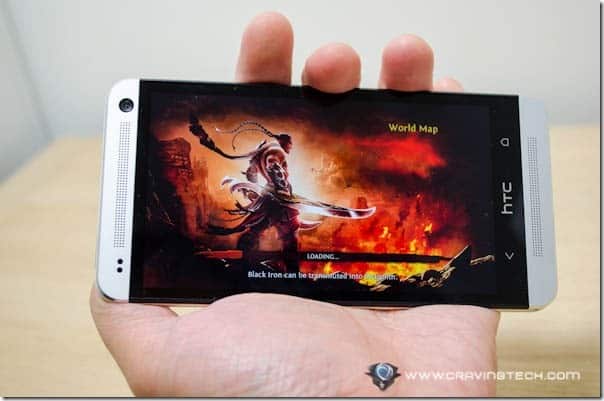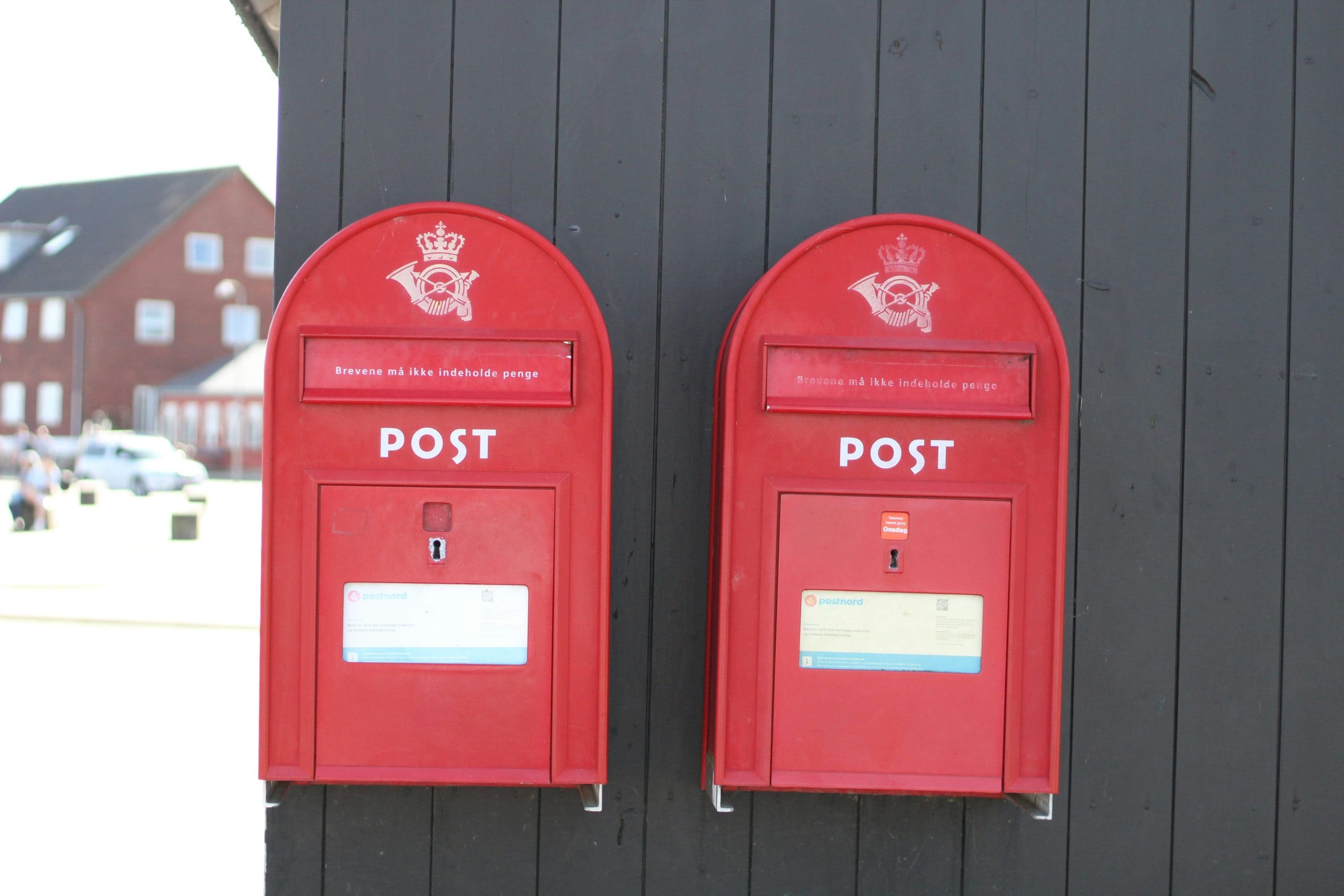
For more than 10 years after the start of the third millennium, Nokia was the world’s largest vendor of mobile phones.
Nowadays, the Finnish company is no longer the best when it comes to “connecting people” because we all know that the likes of Apple and Samsung are dominating the market. The smartphone wars may have divided people into iOS, Android, and Windows users but in general, mobile technology is connecting people around the world, continuously transforming banking, education, employment, entertainment, healthcare, shopping and other facets of daily life.
The global explosion of mobile connectivity has been mostly beneficial but having too many smartphones and tablets does have some negative consequences.
The digital divide is real.
Edutopia defines digital divide as:
The gap between those individuals and communities that have, and do not have, access to the information technologies that are transforming our lives.
And it’s not just the global divide between developed and developing countries. The digital divide is still a reality even in developed countries like the United States. According to Four Years of Broadband Growth, a White House report released in June, almost 91 percent of Americans are enjoying wired broadband speeds of at least 10 Mbps downstream while 81 percent also have access to fast wireless mobile broadband.

However, only about 72 percent of Americans have a broadband subscription, which is lower compared to other countries with a similar Gross Domestic Product (GDP) per capita. The increasing number of smartphone users may be contributing to the lower broadband adoption rate because wireless access is more accessible and affordable.
Smartphones increase Internet access but are not enough to narrow the gap.
According to a 2012 study conducted by Pew Internet & American Life Project, about 88 percent of American adults 18 and up own a mobile phone (smartphone or otherwise) while 57 percent have a laptop, 19 percent have an e-book reader, and another 19 percent have a tablet. Overall, almost half of all American adults own a smartphone.
A 2011 Pew study also showed that young adults, minorities, those without a college degree, and those who belong to a lower income household were more likely to use their phones as their main source of Internet access. It’s not that hard to imagine because an unlocked budget Android phone costs way less than the latest iPhone or top-of-the-line Blackberry. One can also have a decent online experience with the cheap Android without getting expensive data plans that usually come with iPhones and Blackberries.

But while smartphones help bridge the digital divide for those without home broadband, they can actually widen the digital divide among age groups if mobile technologies are included in the definition of “broadband.”
“When you look at young people versus older people and you add smartphones in, it actually makes that gap worse because so many 18-to-29-year-olds have a smartphone and so few people 65 and older have them that when you include them in the calculation, the gap between young people and old people actually gets bigger than when you didn’t have smartphones in the equation at all. It’s an interesting subversion of the conventional wisdom in a certain way”
said Pew senior researcher Aaron Smith in an interview with TIME.
The latest smartphones now have the computing power of older desktops but they are not without their shortcomings. You know exactly what we mean if you have tried filling out forms, filing your taxes, or doing your homework armed with just your Android or iPhone (and yes, you will still have problems even if you have a Blackberry with a physical keyboard).
Not all government and non-government websites that are important to you have mobile versions. There are just things that you can do on your desktop or laptop that you can’t do well or can’t do at all on your smartphone, even if the latter is stocked full to the brim with the latest apps offering free calls, SMS, etc via VoIP service.
Ultimately, it’s not the increasing number of smartphone users that will bridge the digital divide; it’s making broadband as essential as a basic phone line.






